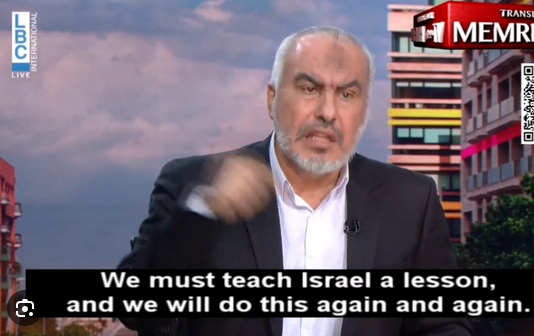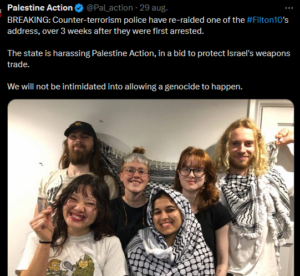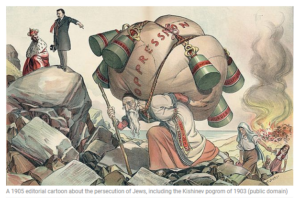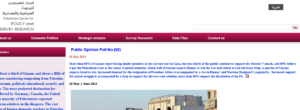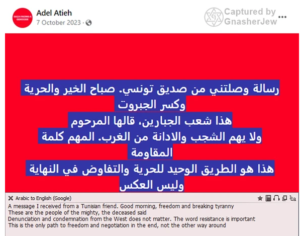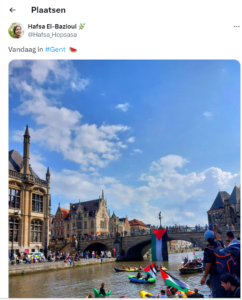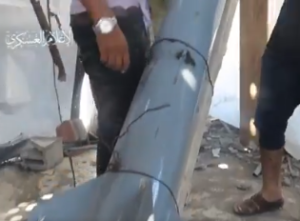Zullen Palestijnen ooit nog in Israël kunnen werken …. tenzij tijdens absolute volledige vrede
De pogrom van 7 oktober was enkel mogelijk omdat men over de voorbije 2 jaar zoveel informatie had verzameld over de Kibboets aan de grens met Gaza. Men wist hoeveel veiligheidsmensen aanwezig waren en waar de toegangswegen toe leiden en waar er controleposten waren. Deze en alle andere informatie werd in kaarten verwerkt en dan operationeel gebruikt voor het beschrijven van de opdracht van elke cel terroristen. Zonder deze informatie waren ze verkeerd gelopen, hadden ze belangrijke doelwitten overgeslagen of wisten ze niet hoe ze de veiligheidsposten moesten uitschakelen. Zonder deze informatie hadden de trainingen weinig praktisch nut omdat je toch niet zou weten waar je terecht zou komen.
Volgens verschillende inlichtingendiensten zou deze informatie verzameld zijn door de werknemers uit Gaza die Israël die een werkvergunning had gegeven. Momenteel houdt de Israëlische regering gesprekken met aziatische landen zoals India over het toelaten van tienduizenden werknemers ter vervanging van deze Palestijnen. En zo heeft Hamas weer bijgedragen tot de economische vooruitgang van Palestina en is een toekomstige Palestijnse staat nog meer enkel en alleen op haar armoedige zelf aangewezen.
Begin citaat “Despite such episodes, some past and present US officials have called on Israel to significantly increase the number of day laborers it admits from Gaza. In 2018, Hady Amr – today the State Department’s special representative for Palestinian affairs – coauthored a Brookings Institution report urging Israel to admit 50,000 to 75,000 Gazan laborers daily.
In a 2015 Washington Post op-ed, former US official David Makovsky and former Palestinian Authority official Ghaith Al-Omari suggested that Israel should be pressed to “take steps such as allowing 100,000 Gazan workers into Israel, matching the number of West Bankers already working there.”
Israeli government officials whom I interviewed at the time were skeptical about making policy on the basis of arbitrary considerations such as numerical symmetry. They pointed out that in the aftermath of Israel’s withdrawal from Gaza, they had fewer intelligence sources there and thus were less able to screen out potential security risks.
During the year preceding the October 7 pogrom, the number of Gazans permitted to enter Israel usually fluctuated between 10,000 and 15,000. Now we know, from the Washington Post, that those workers were the source of much of Hamas’s information. One can only imagine the additional damage that would have been done if 100,000 laborers had been entering Israeli towns every day.
A spokesman for Israeli victims of terrorism told me back in 2015, “It’s very easy for State Department officials or think tank pundits to sit in Washington and tell Israel how many Gazans it should admit, but they will not suffer the consequences when their proposals explode, which happens pretty often in this very dangerous part of the world. We Israelis will be the ones who end up paying the price.” Those words seem all the more prescient – and painful – in the wake of October 7 and its aftermath.” Einde citaat
Vooral omdat Hamas nog meer aanslagen wil plegen zullen nog meer Palestijnen hun werk in Israël op de helling zien staan. Hieronder een leider van Hamas in een interview.
